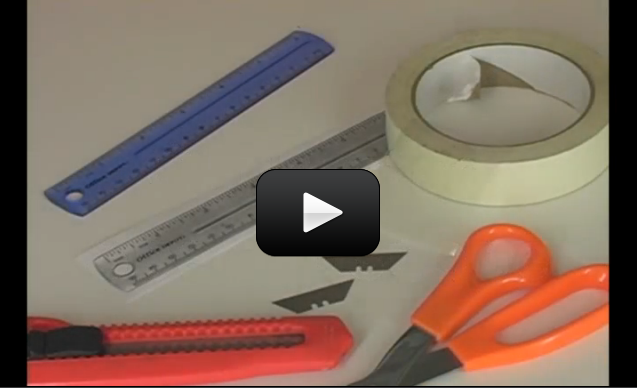Ever play with a prism? When sunlight strikes the prism, it gets split into a rainbow of colors. Prisms un-mix the light into its different wavelengths (which you see as different colors). Diffraction gratings are tiny prisms stacked together.
When light passes through a diffraction grating, it splits (diffracts) the light into several beams traveling at different directions. If you’ve ever seen the ‘iridescence’ of a soap bubble, an insect shell, or on a pearl, you’ve seen nature’s diffraction gratings.
Scientist use these things to split incoming light so they can figure out what fuels a distant star is burning. When hydrogen burns, it gives off light, but not in all the colors of the rainbow, only very specific colors in red and blue. It’s like hydrogen’s own personal fingerprint, or light signature.
While this spectrometer isn't powerful enough to split starlight, it's perfect for using with the lights in your house, and even with an outdoor campfire. Next time you're out on the town after dark, bring this with you to peek different types of lights - you'll be amazed how different they really are. You can use this spectrometer with your Colored Campfire Experiment also.
SPECIAL NOTE: This instrument is NOT for looking at the sun. Do NOT look directly at the sun. But you can point the tube at a sheet of paper that has the the sun’s reflected light on it.
Here's what you do:


It’s hard to say without seeing your setup, and this one in particular is a difficult one to image/video since it’s a light experiment. Let me send you a private email with a suggestion in it.
Hi,
we got a piece of diffraction grating that says 13,500 lines per inch and tried to make the calibrated spectrometer but couldn’t see lines on the ruler, so we were wondering if we got the wrong diffraction grating?
No, you can choose any one that you’d prefer. The tend to be expensive, so look for “rainbow” glasses or use an old CD.
We don’t normally link to Amazon for that reason – the links change so quickly! I put it linked to a category, not a particular item.
the diffraction grating link doesn’t connect with a purchasable item any more. i’m looking on amazon – some say “double axis,” some say “linear,” there are different lines/in… does it matter?